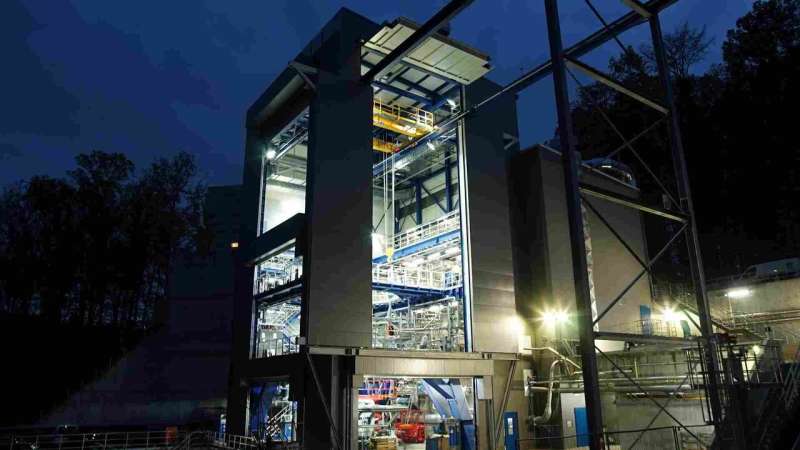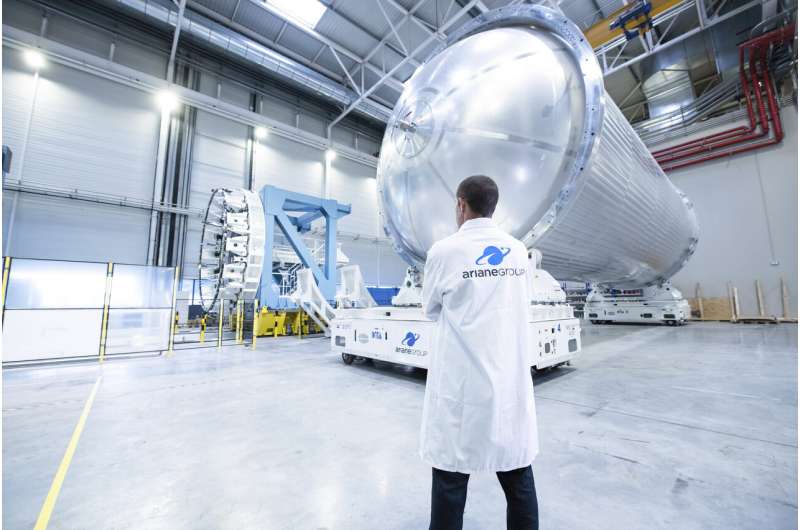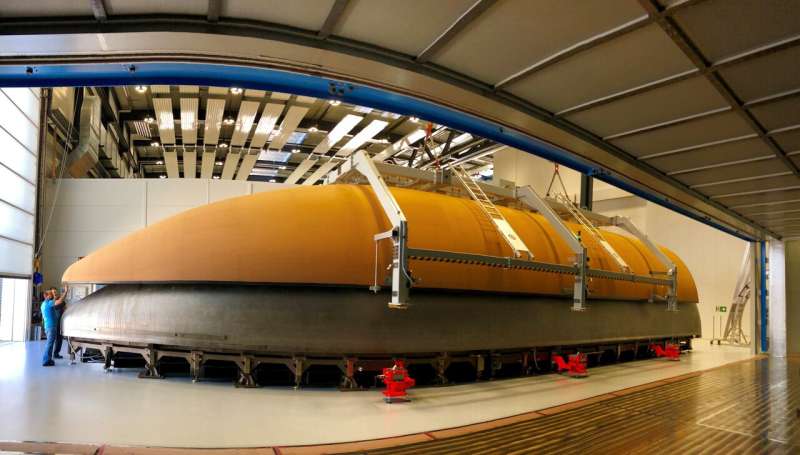Ariane 6 development on track

Europe's Ariane 6 launch vehicle is set to debut with a commercial mission in 2020鈥攊ndustry is carrying out the final tests and starting production. The Ariane 6 launch zone at Europe's Spaceport in French Guiana is near completion.
Ariane 6's core stage is powered by the Vulcain 2.1 engine, its upper stage is powered by the reignitable Vinci engine. Strapped on to the core stage will be two or four P120C solid-fuel boosters, a technology shared with Vega-C, to provide thrust at liftoff.
Latest developments
Since a previous update on progress in December, Ariane 6 has moved to the final stage of development where tests qualify the designs that will guide production.
At DLR-Institute of Space Propulsion in Lampoldshausen, Germany, hot-firing tests of the Vulcain 2.1 engine are close to completion. Vinci engine hot firing tests have finished successfully. A team of experts will examine the results of these tests and once these reviews are successful, these two engines will be qualified for flight.
A new test facility, the P5.2, at the same DLR site was inaugurated in February and will enable testing of the complete Ariane 6 upper stage. This upper stage will come from ArianeGroup in Bremen, Germany who are currently focusing on engine integration, final operations and testing. MT Aerospace, also in Bremen, are supplying the fuel tanks.
An ArianeGroup facility in Les Mureaux, France, hosts the largest friction stir welding machines in Europe for producing the Ariane 6 cryogenic tanks for Ariane 6's core stage. The Aft bay, which secures the Vulcain 2.1 engine to the core stage is in production and being integrated at the same location.
The first qualification model of the P120C strap-on booster configured for Vega-C was static fired in January on the test bench at Europe's Spaceport (watch the video here).
The second qualification model, configured for Ariane 6, will be tested at the beginning of next year. The 11.5 m long and 3.4 m diameter insulated P120C motor case is made of carbon composite built in one piece by Avio in Colleferro, Italy.

At ArianeGroup in Issac and Le-Haillan, France, new fully robotic production lines have the capability of increasing production by 30% to assemble the rear skirts and build nozzles for the P120C strap-on solid rocket motors. MT Aerospace in Augsburg, Germany, are supplying the rear skirts.
RUAG Space in Switzerland has recently produced the first large half-shell of the fairing for Ariane 6. Built in one piece using carbon fibre, it was cured in an industrial oven instead of an autoclave鈥攁 process developed with the help of ESA.
Preparing for flight
Early next year, the P120C solid rocket motor configured for Ariane 6 will be test fired in Kourou to qualify it for flight. Ariane 6's upper stage will be test fired at the DLR-Institute of Space Propulsion in Lampoldshausen, Germany. A test model Ariane 6 will also start combined tests in Kourou, including a static fire of the core stage engine, the Vulcain 2.1.

Provided by European Space Agency




















